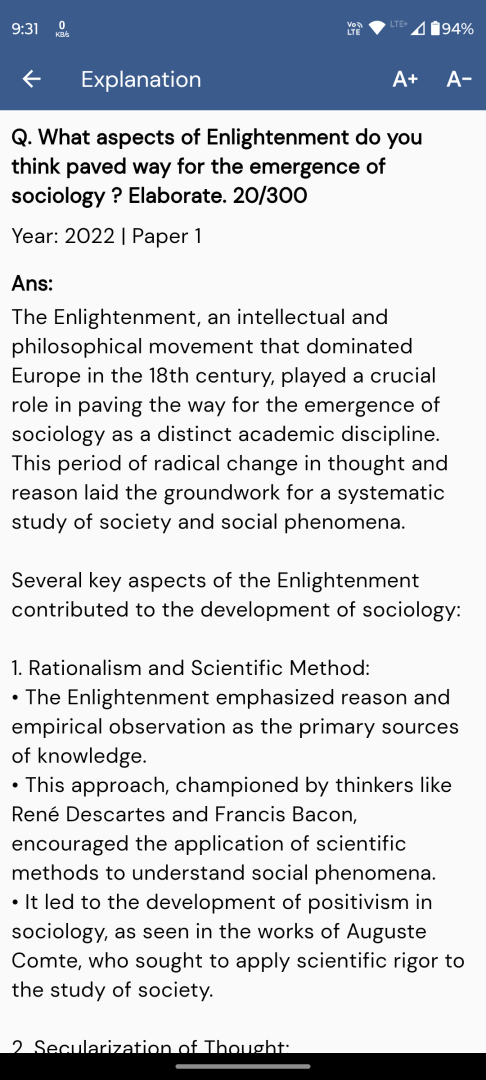Q. How same sex marriages are responsible for population dynamics in India? Discuss.
UPSC Sociology 2025 Paper 2
Model Answer:
Same-Sex Marriages and Population Dynamics in India
The discourse on same-sex marriages and their impact on India’s population dynamics is more sociological than demographic. While their direct statistical effect remains negligible, they significantly challenge traditional norms of family and procreation central to demographic trends.
Redefining Procreation and Fertility
Challenge to Traditional Functions
– G.P. Murdock’s functionalist perspective identifies procreation as marriage’s primary function; same-sex unions fundamentally decouple marriage from biological reproduction between partners
– Theoretically, widespread acceptance could contribute to lowering fertility rates, though this remains hypothetical in India’s context
Alternative Pathways to Parenthood
New Family Forms
– Same-sex couples increasingly pursue parenthood through adoption, surrogacy, and Assisted Reproductive Technology (ART)
– This diversifies kinship patterns beyond biological ties, creating “families of choice”
– Aligns with Anthony Giddens’ concept of “confluent love” – relationships based on emotional intimacy rather than procreative duty
Limited Demographic Reality
Current Context
– Same-sex marriages lack legal recognition in India; their statistical presence remains minimal among 1.4 billion population
– India’s Total Fertility Rate has already fallen below replacement level (2.1), driven by female education, contraception access, and urbanization
– The demographic impact of same-sex unions is minuscule compared to these macro-factors
Conclusion:
While same-sex marriages don’t significantly drive India’s population dynamics today, their growing visibility is sociologically crucial. They challenge procreation-centric family models and reflect broader shifts toward individual choice in relationships, indirectly influencing long-term demographic thinking.





